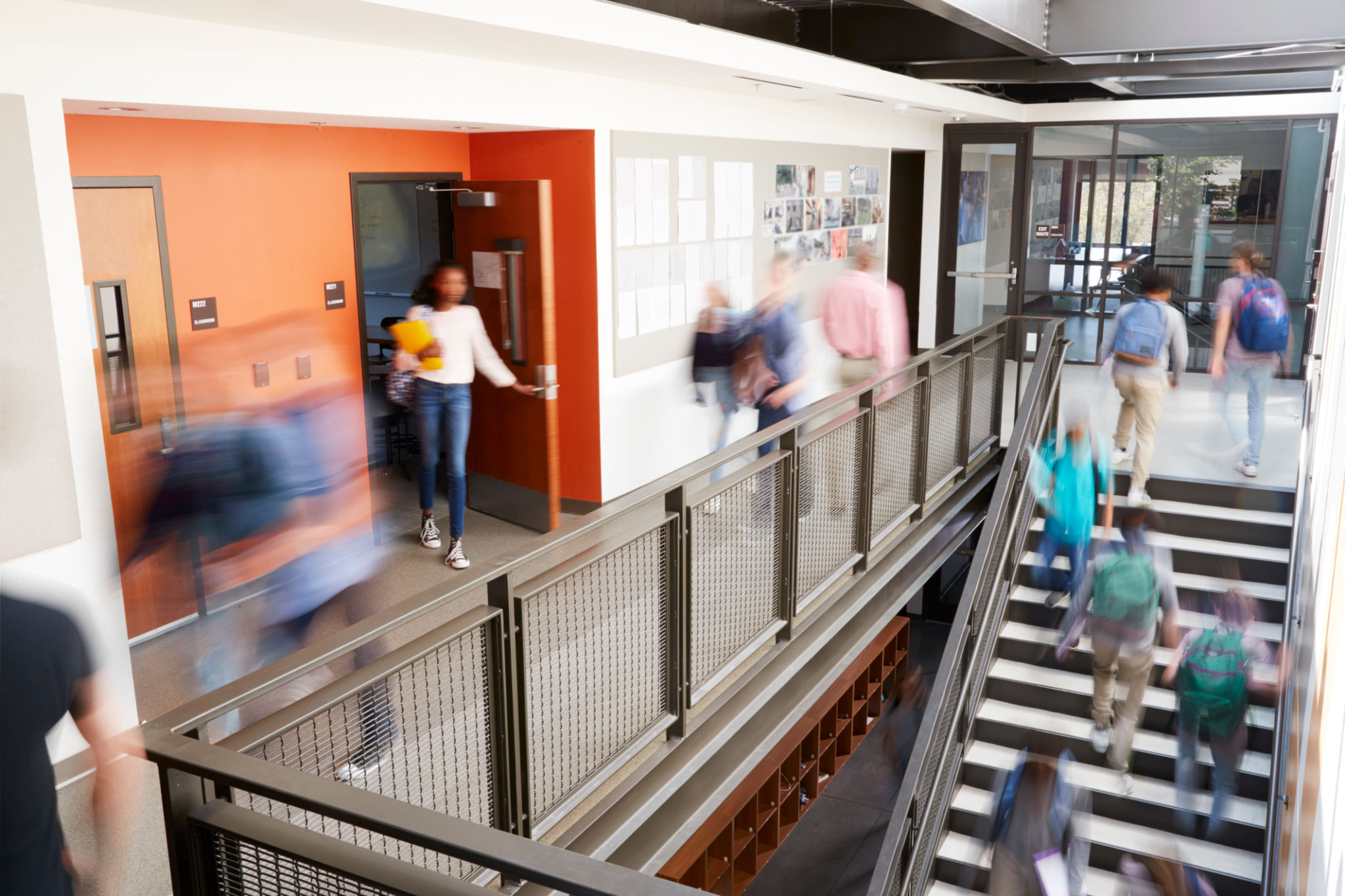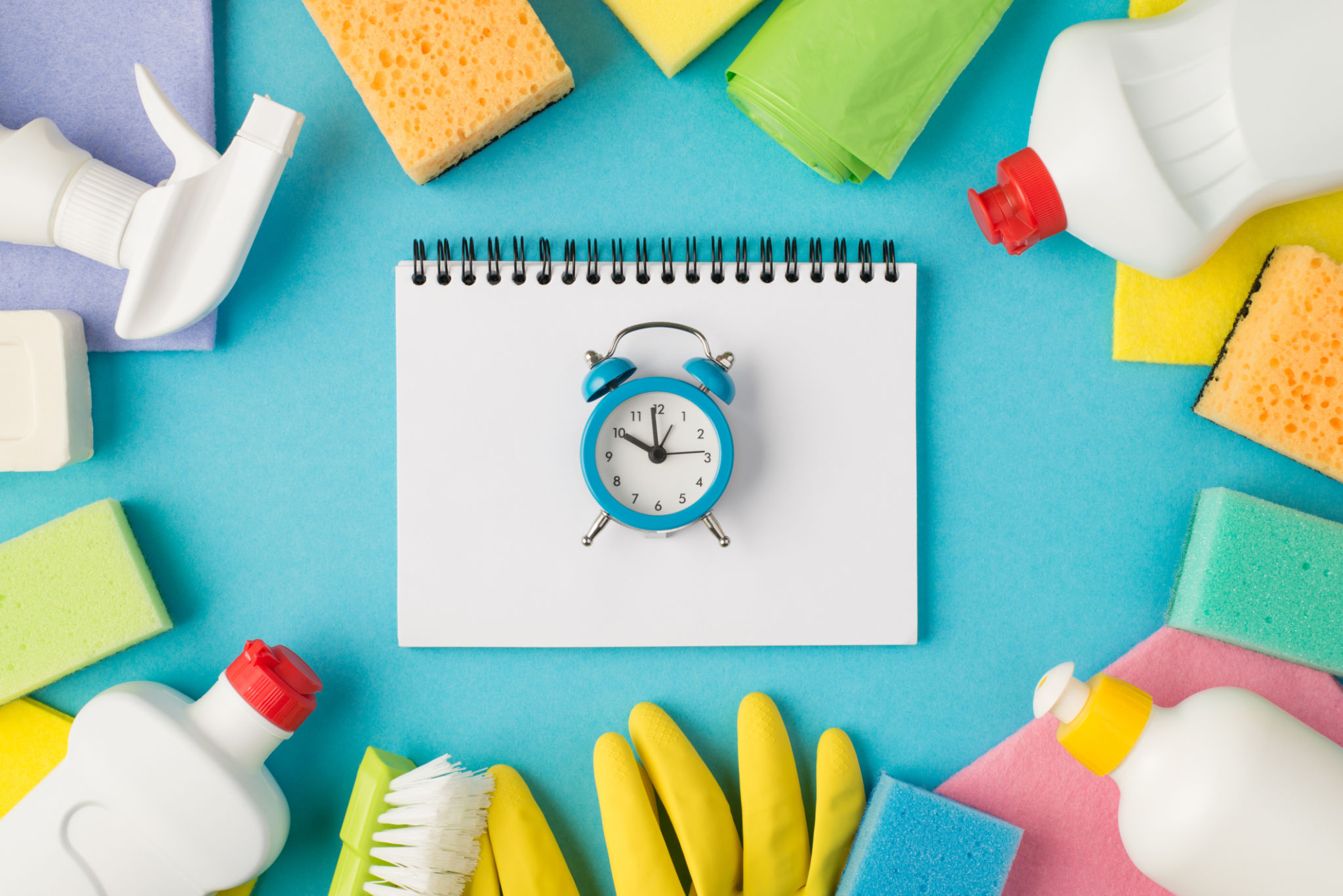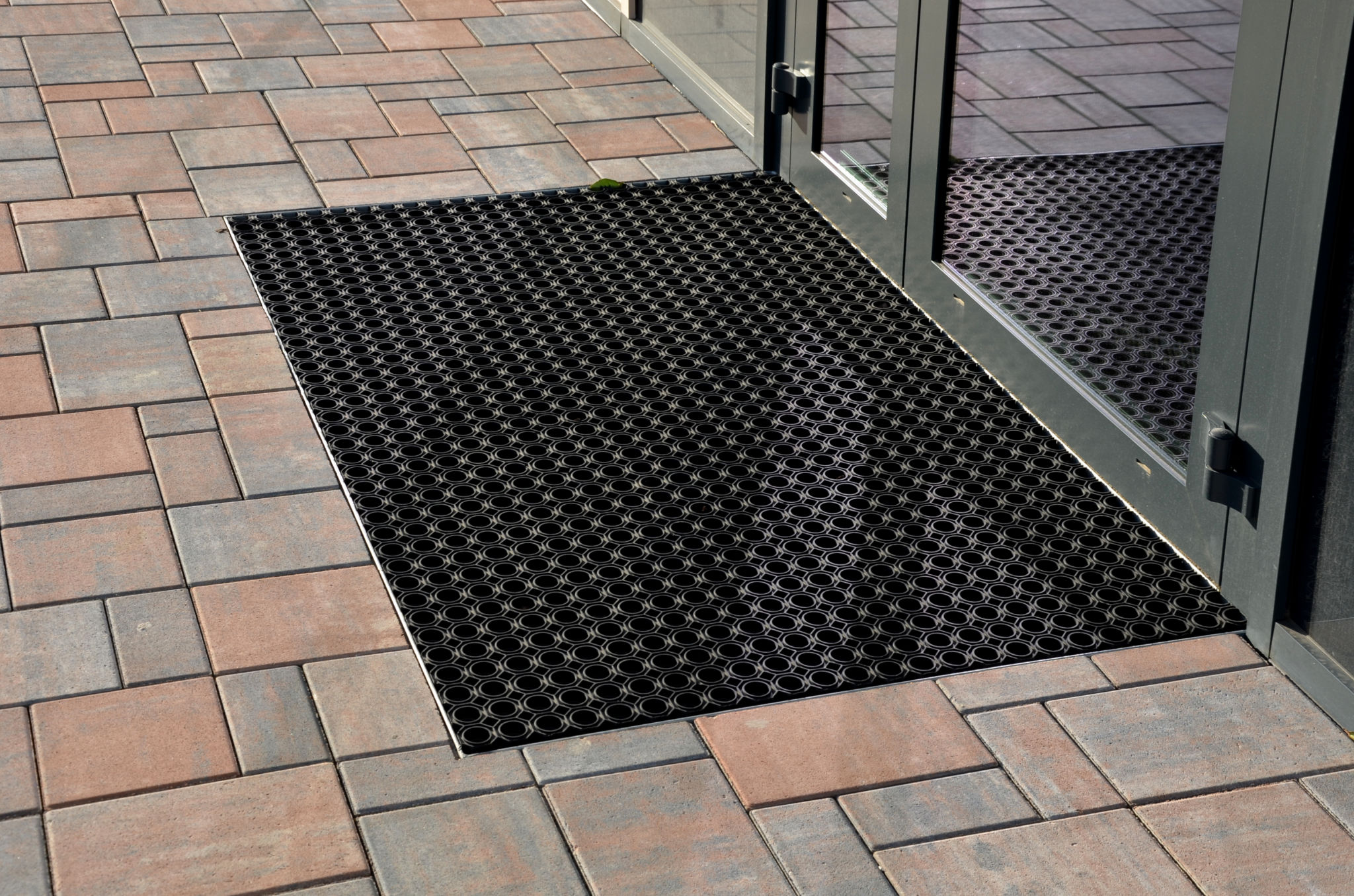Effective Strategies for Cleaning and Maintaining High-Traffic Areas
KB
Understanding the Importance of Clean High-Traffic Areas
High-traffic areas in any facility, whether it's a bustling office or a commercial retail space, require special attention when it comes to cleaning and maintenance. These spaces are not only prone to accumulating dirt and debris quickly, but they also significantly influence visitors' first impressions. Maintaining cleanliness in these areas is crucial for ensuring a healthy and welcoming environment.

Identifying High-Traffic Zones
Before implementing any cleaning strategy, it's essential to identify which areas are considered high-traffic. Common high-traffic zones include entryways, hallways, restrooms, and shared spaces like break rooms and cafeterias. Recognizing these areas helps in allocating resources efficiently and prioritizing cleaning efforts where they are most needed.
Implementing a Consistent Cleaning Schedule
A well-structured cleaning schedule is the backbone of maintaining high-traffic areas. Regular cleaning prevents the buildup of dirt and germs, ensuring that these areas remain hygienic and presentable. Depending on the traffic volume, some spaces may require multiple cleanings per day. It's vital to develop a tailored schedule that meets the specific needs of each high-traffic zone.

Choosing the Right Cleaning Products and Equipment
Using appropriate cleaning products and equipment is crucial for effective maintenance. High-traffic areas often demand heavy-duty cleaning solutions that can handle frequent use without damaging surfaces. Invest in high-quality products designed for commercial use and ensure that your cleaning staff is trained in their proper application.
Utilizing Preventive Measures
Prevention is just as important as regular cleaning. Implementing simple measures can significantly reduce the amount of dirt and grime entering high-traffic areas. For instance, placing mats at entry points can capture dirt from shoes before it spreads throughout the facility. Additionally, encouraging employees or visitors to follow cleanliness protocols can further help maintain these spaces.

Regular Maintenance Checks
In addition to daily cleaning routines, conducting regular maintenance checks is essential for identifying potential issues before they escalate. This includes inspecting floors for wear and tear, ensuring lighting fixtures are clean and functional, and checking for any structural damage that might pose safety risks. Addressing these issues promptly can extend the lifespan of your facilities and reduce long-term costs.
Employee Involvement and Training
Encouraging employee involvement in maintaining cleanliness can make a significant difference. Providing training sessions on best practices for cleanliness and hygiene can empower staff to contribute actively to a clean environment. This collective effort not only helps maintain high-traffic areas but also fosters a culture of responsibility and care within the organization.

Evaluating and Adapting Strategies
Finally, it's important to regularly evaluate the effectiveness of your cleaning strategies. Gather feedback from both cleaning staff and facility users to identify areas of improvement. Being open to adapting your approach based on this feedback ensures that your cleaning practices remain efficient and effective in keeping high-traffic areas pristine.
